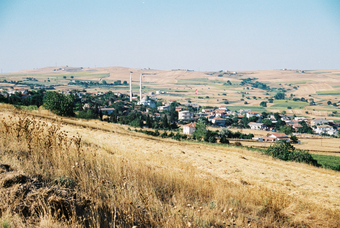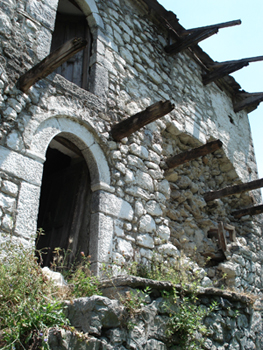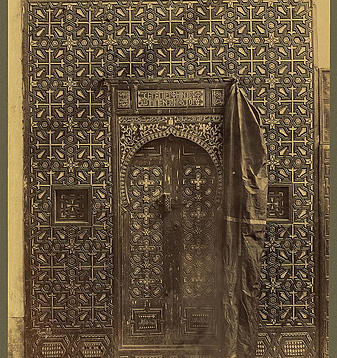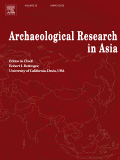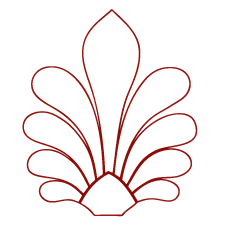The Ohio State University Press Open Access Initiative
The mission of The Ohio State University Press is to disseminate the best scholarship as widely as possible. Towards that end, we are making the complete texts of certain books available from our website. You will need the free Adobe Reader or some other PDF-enabled program to read the text.The current list includes these titles relating to antiquity:
All titles available this way, whether old or new, have gone through the exact same peer review process as our printed books. Any book that carries our imprint—no matter what medium is being used—has been approved by our Editorial Board after a thorough vetting process.
All such works remain under copyright protection and may not be used for any commercial purpose.
The Press very gratefully acknowledges The Ohio State University Libraries for funding and overseeing the digitization of these titles.
- Caley, Earle R. and John C. Richards Theophrastus on Stones: A Modern Edition with Greek Text, Translation, Introduction and Commentary
- Fulgentius The Mythographer
- Gregory, Timothy E. Vox Populi: Violence and Popular Involvement in the Religious Controversies of the Fifth Century A.D.
- Hamilton, Donna B. Virgil and The Tempest: The Politics of Imitation



